Whether you’re looking for something to store your leftovers in or you want to know what to use to freeze food, we’ve got you covered with this guide for our favorite meal prep containers!
Our Favorite Meal Prep Containers
With the recent release of Cook Once, Eat All Week, we’ve been getting a TON of questions on the best food storage containers. We’ve tested a lot of containers and methods for storing and freezing foods over the years, so whether you’re looking for glass meal prep containers to store your leftovers for the week, or you’re looking for the best storage containers for freezer meals, we’ve got you covered with this list!
- Glass Storage Containers: Glass storage containers are our favorite option for storing foods both in the freezer and refrigerator! The locking lids really help create a good seal to keep air out, which also helps seal in odors (chopped onions anyone?), and they transfer easily to the microwave or oven for reheating. The down side is that they are more expensive, and can take up more storage space – so you may need to supplement with some of our below options!
- Mason Jars: These are ideal for storing sauces and dressings. I especially like to store any oil-based dressings, like this honey mustard, in mason jars so I can just give them a quick shake when I’m ready to use them if the dressing has separated! I also love these smaller ones for storing leftover sauces or for keeping pre-chopped herbs and garnishes fresh. Because the 2-part lids can be a lot to keep track of, and they can rust, we recommend buying these plastic caps for them.
- Aluminum Lunch Containers: When you’re taking your meal prep to lunch
- Plastic Storage Containers: If you’re OK with using plastic, these BPA-free containers have the same airtight seal as the glass containers above, but are more affordable and a little easier to handle since you don’t have the added heft of glass.
- Basic Tupperware: These are my go-to when I’m making foods in bulk (think stocking your freezer for maternity leave). They are great for single-serve meals, and instances, where you are storing A LOT, because buying a ton of glass containers, isn’t something that makes sense for most of us. One caution here is that I do not recommend reheating your food in a plastic container. Take it out of the container and transfer it to a bowl before microwaving!
- Stasher Bags: These are a fantastic alternative to Ziploc bags! They’re plastic-free and reusable, and really good candidates for storing fresh chopped veggies, or for freezing smaller quantities of broth, soups, etc. You can also microwave food right in the bags, or add them to boiling water, which makes reheating a breeze.
- Gallon-Sized Ziploc Bags: These are good options for when you’ve baked a protein or veggie in bulk, and can really help save freezer space. Once again, I would not recommend reheating your food in these bags, and if you’re worried about plastic, you can wrap the food in wax or parchment paper before placing it in the bag (see here for an example).
- Whole Casserole Storage: If you are making and freezing a full casserole in advance, you can go one of two routes, the first would be a glass container with matching lid, like this one, and the second option is freezing in an aluminum container like this one. To help keep out air, I’d recommend sealing the container with plastic wrap, then placing the aluminum lid, or aluminum foil on top.
How to Store or Freeze Your Leftovers So They Stay Fresh
- Salads and slaws:
- Place in a glass bowl or storage container and cover with a lid of your choosing. Dressed salads and slaws will last about one day before wilting, so the best way to extend the life of your salad is to leave the dressing on the side and dress it as you eat it! You’ll also have better luck with sturdier veggies, like kale and cabbage, vs. a tender green like butter lettuce.
- Casseroles:
- Refrigerator: you can store a fully baked casserole in the refrigerator with a tight-fitting lid or with aluminum foil for up to 5 days, or portion them into individual containers.
- Freezer: you can either freeze a fully-cooked casserole whole or divide it into individual servings to freeze in smaller containers. These will keep for 5 months in the freezer.
- Note: When reheating casseroles, avoid putting a chilled glass or ceramic casserole dish in a preheated oven; you risk shattering the dish.
- Breakfast Casseroles or Egg Cups:
- Refrigerator: you can store a fully baked casserole or egg cups in the refrigerator with a tight-fitting lid or with aluminum foil for up to 5 days, or portion them into individual containers.
- Freezer: These are great to store individually so you can grab-and-go. We recommend cutting the casserole into individual portions and stacking in the bottom of your container, then laying over wax or parchment paper, making another stack, etc to prevent them from sticking. You can also put these in a Ziploc bag and wrap individually with wax or parchment paper if desired.
- Everything Else:
- Refrigerator: virtually all other foods (roasted veggies, cooked proteins, pizzas, soups, stews, etc) can be stored in sealed containers in the refrigerator for up to 5 days. For anything with components, such as a slaw, garnish, or tortillas, we recommend storing each component separately. This will keep the garnish and slaws from wilting, and make it easier to reheat later.
- Freezer: As a general rule of thumb, I stick to 5 months for freezing foods. Just make sure you choose the right-sized container and label your food before putting it in the freezer. Make sure you don’t freeze any garnishes or fresh components like avocado, cilantro, slaws, or salads.
There you have it, our favorite meal prep containers and food storage tips! We hope this guide helps you up-level your weekly meal prep.
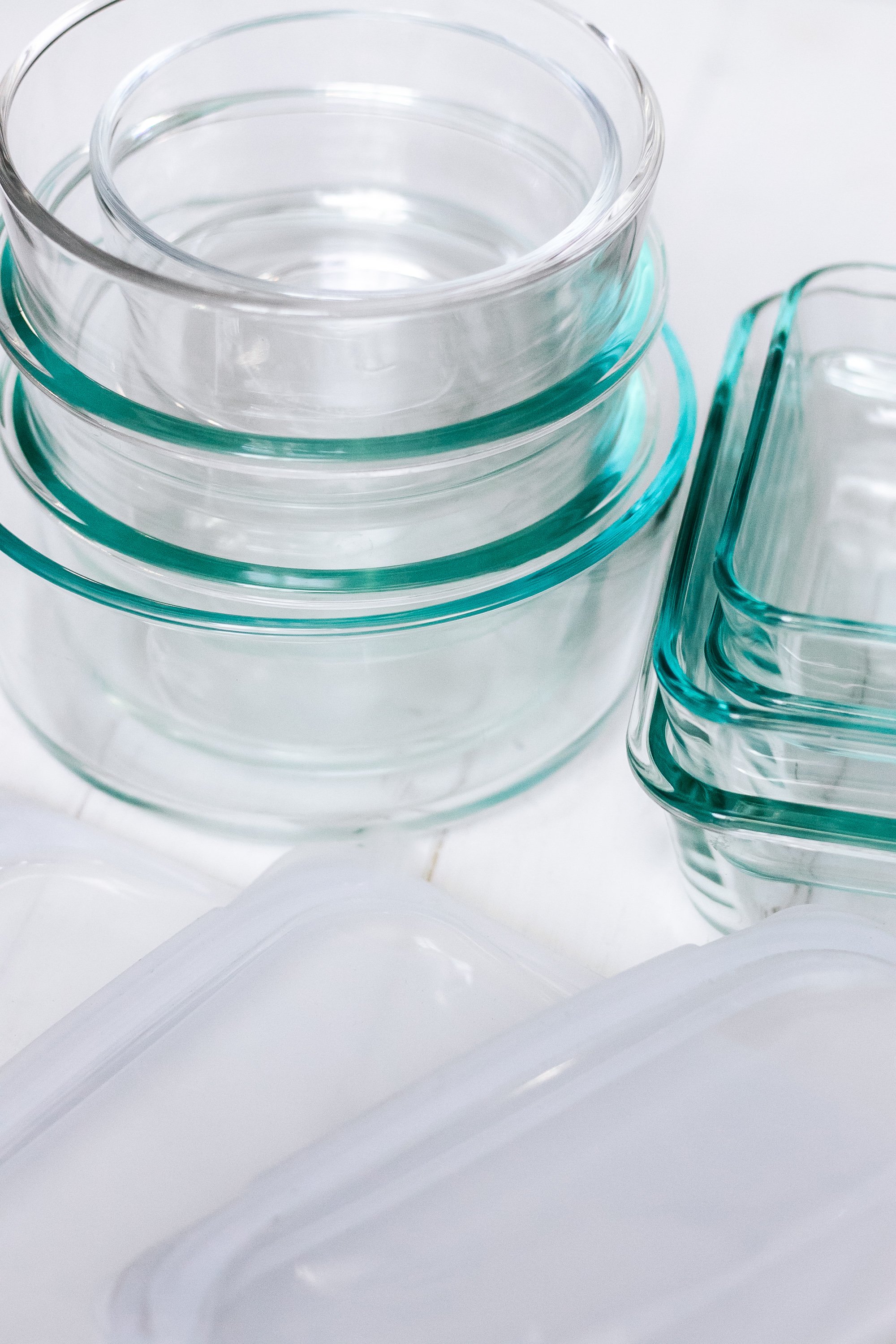
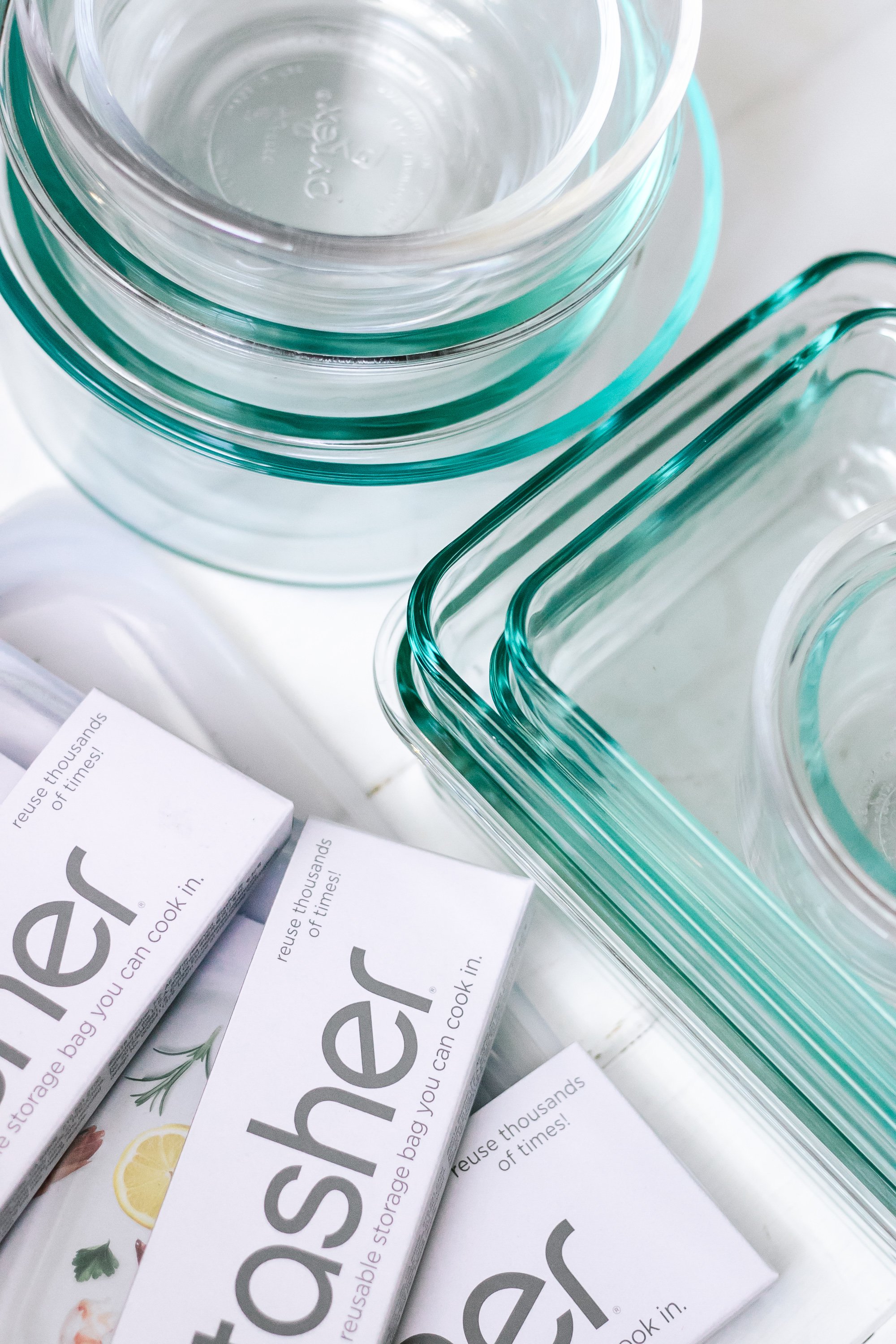
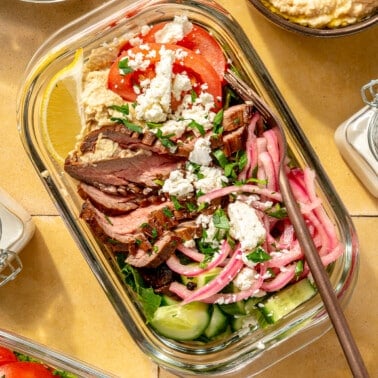
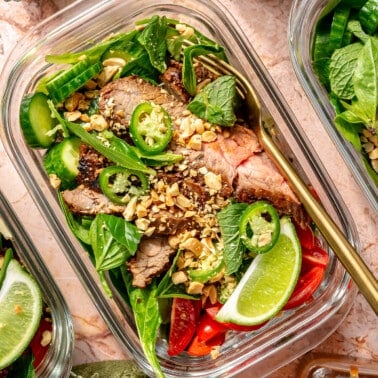
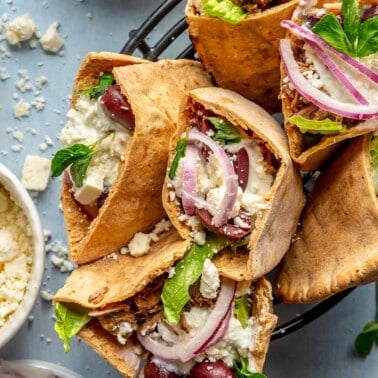









test
Test test Test test Test test Test test Test test
Test